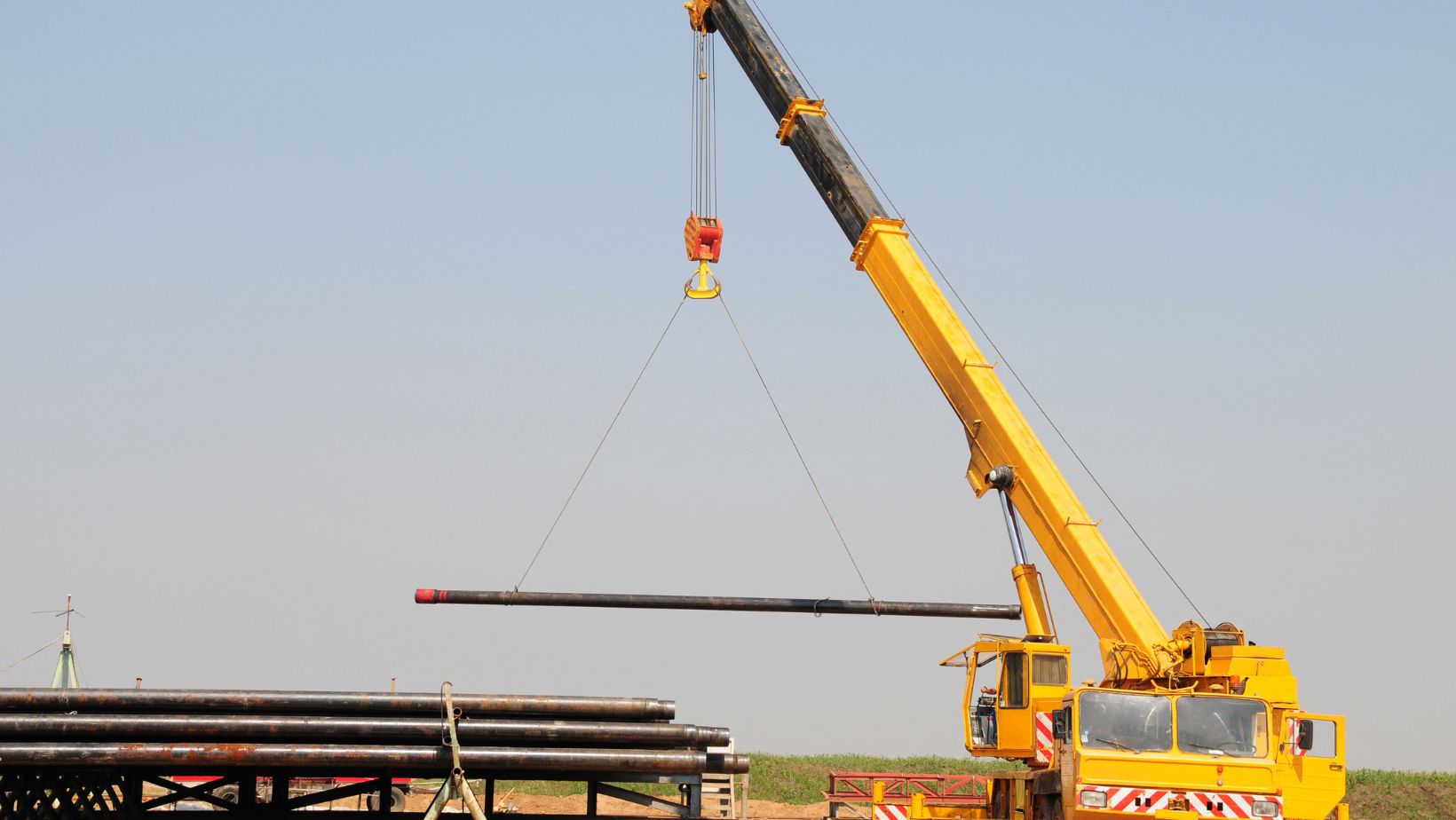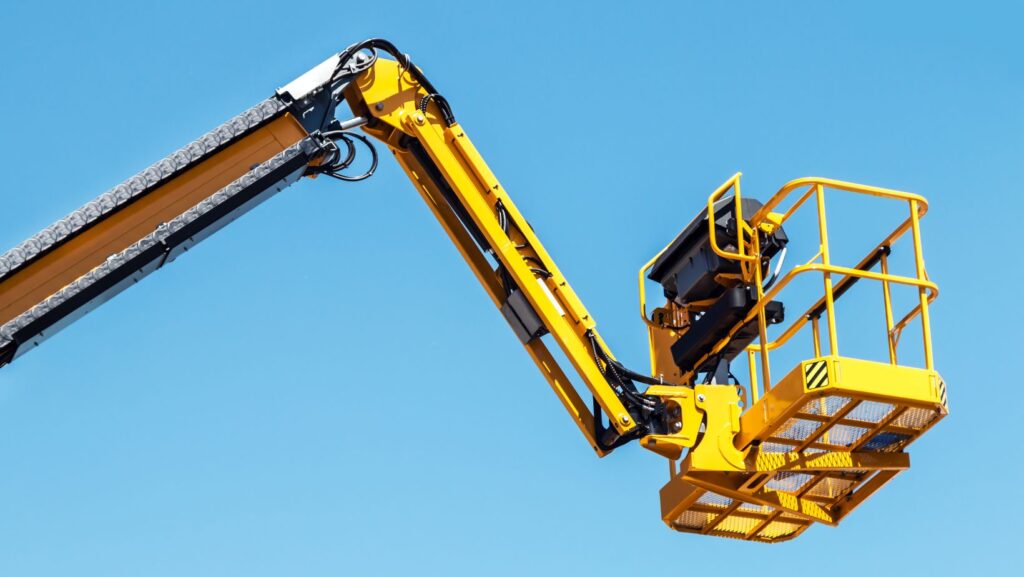Every hour of downtime on a construction or production site costs your business money. When equipment is not reliable or can’t handle the volume of work, the project begins to stall. In such conditions, you need to use modern lifting equipment – one that will allow you to maintain a high pace, without losing safety and precision. If you are striving for sustainable productivity and want to reduce costs, upgrading your equipment will be a logical step for you.
Why Old Lifts Are Holding You Back
Many contractors, out of habit, continue to use equipment that has long since exhausted its service life. At first glance, this may seem like a cost-effective solution, but in practice, it creates several problems. Such machines break down more often, require complex maintenance, and do not always meet modern requirements for lifting capacity or maneuverability. As a result, workers are forced to adapt to the equipment, and not vice versa.
This is especially critical when working in cramped conditions, on multi-level sites or with complex logistics. Even a minor delay in one area can lead to a failure to meet deadlines for the entire facility.
How Modern Equipment Helps You Avoid Downtime
Modern lifts, telehandlers, and platforms are equipped with automated control systems, safety sensors, as well as telematics, and other functions that allow you to keep the process under control. New equipment breaks down less often, performs tasks faster, and requires fewer manual settings.
New-generation machines can work longer without interruption, adapt to various conditions, and promptly report any deviations. This way, you will know about potential problems in advance and will be able to avoid unexpected downtime.
Efficiency in Action: How You Speed Up Workflows
The speed of task completion directly depends on how accurately and reliably your equipment works. Modern machines lift higher and do it faster, quieter, and more reliably. Thanks to this, you will be able to plan shifts more accurately, increase the volume of work, and reduce the total time spent on site. Modern lifting equipment will help you:
- Reduce the number of unnecessary operations due to multifunctionality;
- Increase safety, which will reduce the time for checking working conditions;
- Work at greater heights or in hard-to-reach areas without complex training;
- Reduce operator fatigue due to improved ergonomics.
Why Automation Is Becoming Necessary
New models are increasingly equipped with systems that automatically adjust loads, determine the optimal height, monitor the platform angle, and control movement in confined spaces. The operator only needs to monitor the overall operation and respond to signals promptly.

If you introduce such machines into your fleet, you will increase efficiency and reduce the requirements for personnel training. Simple and intuitive control will reduce the number of errors and make processes more stable.
Fewer Repair Costs – More Time to Work
Modern equipment requires less maintenance, and if it breaks down, it is easier to repair thanks to its modular design and available spare parts. This means that you will not waste time waiting for parts or searching for highly specialized services.
You will know the schedule of maintenance work in advance and will be able to integrate it into the production calendar. At the same time, planned pauses will be minimal and will not affect the overall project deadlines.
When You Work With Different Tasks
In construction, there is no universal scenario: one site requires maximum height, another – compactness and cross-country ability. Universal models of modern lifts allow you to easily switch between tasks, and at the same time not resort to renting additional equipment. If you select machines in advance that are suitable for several types of work, you can reduce logistics and reduce the total number of units in the fleet.
When to Consider Upgrading
If you notice that delays are increasingly common on-site due to equipment failures, and the team complains about the complexity of management – this is a direct signal to take action. Here are some more signs that it is time to upgrade to new equipment:
- Equipment requires repair more than once a quarter;
- Processes have become dependent on the rental of additional equipment;
- Work is delayed due to complex preparation or movement;
- It is impossible to complete tasks on modern construction sites due to restrictions on height, weight, or rotation.
The Role of a Reliable Supplier in Improving Your Efficiency
The impact of choosing a wise partner cannot be overestimated. Zuma Sales has been helping contractors across the country equip their sites with modern equipment for many years. We do not just offer equipment – we analyze your needs and select models that will really help speed up the execution of tasks and minimize downtime.
You will receive machines you can rely on and support at every stage – from selection to commissioning. As a result, your equipment will start working for you, and not the other way around.
Conclusion
If you want to reduce downtime, speed up project execution, and take your business to the next level, you can’t do without upgrading your fleet. This is an investment that will start working for you from day one: you will get stability, flexibility, and the ability to plan work without the risk of disruptions.
Contact Zuma Sales to select equipment that will provide maximum return at minimum cost. We will help you build a system in which each element will work efficiently, reliably, and to the benefit of your business.



